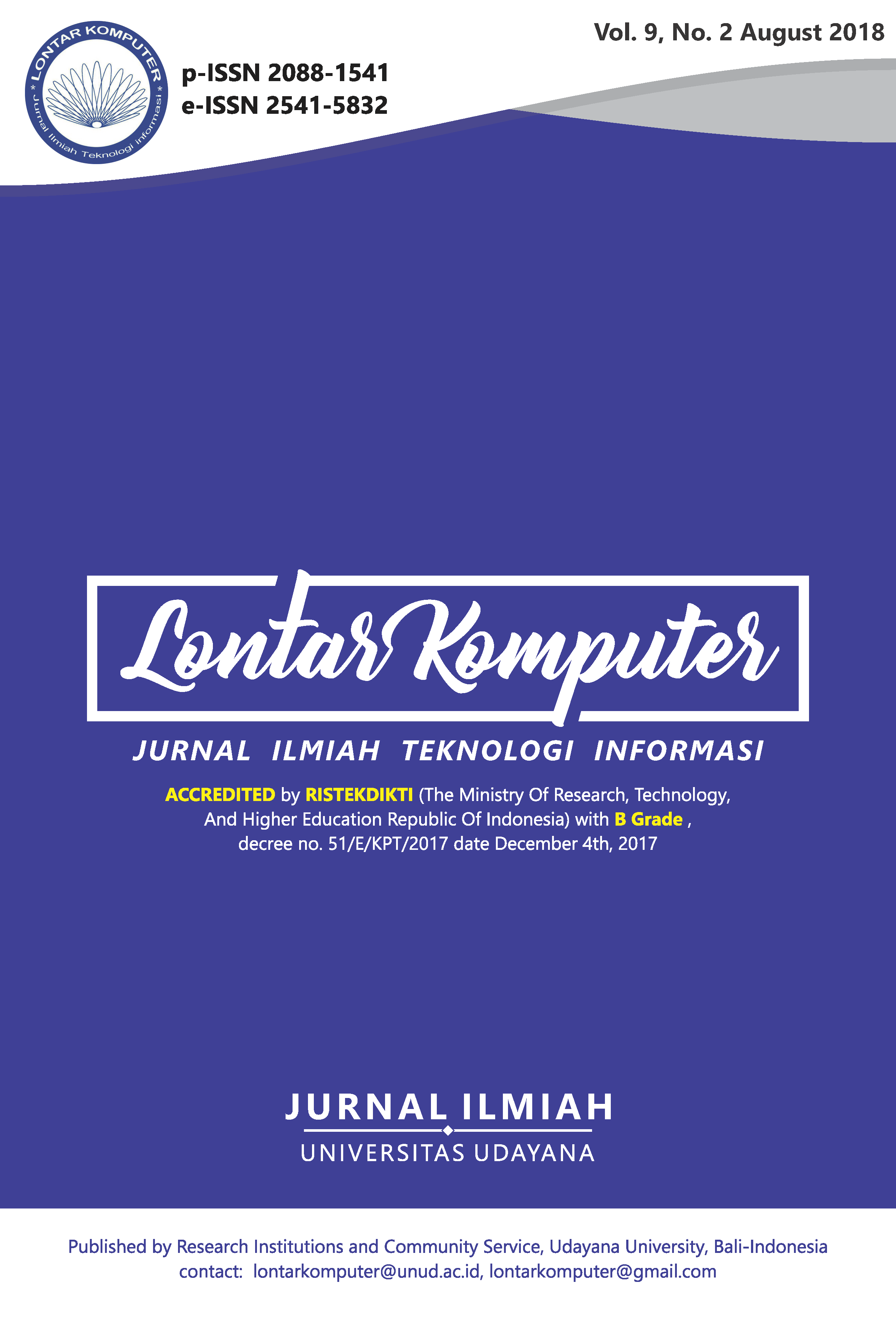Performance Improvement of Water Temperature Control using Anti-windup Proportional Integral Derivative
Abstract
In this research, the controller was implemented in water temperature control system. This system has delay and saturation effect that caused instability problem in system. One of the effects occurred was windup effect. So, the implementation of controller needs to add anti-windup system. This paper described the comparison between 2 methods of controller design, conventional PID method and PID with Anti-Windup method. The conventional PID method resulted the system that was hardly to achieve the steady state condition. This was caused by windup effect as the system get saturation. The integrator part in PID will get bigger. The solution to fix this instability problem was by using the PID with Anti-Windup. The result of experiment showed that the output response from the control system with the anti-windup PID has a more stable than that of the conventional PID
Downloads
References
[2] K. Lapa and K. Cpałka, “Flexible Fuzzy PID Controller (FFPIDC) and a Nature-Inspired Method for Its Construction”, IEEE Transactions on Industrial Informatics, vol. 14, no. 3, pp. 1078-1088, 2018.
[3] Q Chen, Y. Tan, J. Li and I. Mareels, “Decentralized PID Control Design for Magnetic Levitation Systems Using Extremum Seeking”, IEEE Journals & Magazines, vol. 6, pp. 3059 – 3067, 2018.
[4] H. Wang and Yonglin, “Dynamic Modeling of PID Temperature Controller in a Tunable Laser Module and Wavelength Transients of the Controlled Laser”, IEEE Journal of Quantum Electronics, vol. 48, no.11, pp. 1424-1431, 2012.
[5] V. de Oliveira and A. Karimi, “Robust and Gain-Scheduled PID Controller Design for Condensing Boilers by Linear Programming”, IFAC Proceedings Volumes, vol. 45, no. 3, pp. 335-340, 2012.
[6] F-C. Liu, L-H. Liang, J-J. Gao, “Fuzzy PID Control of Space Manipulator for Both Ground Alignment and Space Applications”, International Journal of Automation and Computing, vol 11, no. 4, pp. 353-360, 2014.
[7] A.K. Theopaga, A. Rizal, E. Susanto, “Design and Implementation of PID Control based Baby Incubator”, Journal of Theoretical and Applied Information Technology, vol. 70, no 1, pp.19-24, 2014.
[8] T. Hondianto, E. Susanto, A.S. Wibowo, “Model Driven PID controller in water heater system”, International Journal of Electrical and Computer Engineering vol. 6, no 4, pp.1673-1680, 2016.
[9] S.C. Pratama, E. Susanto, A.S. Wibowo, "Design and Implementation of Water Level Control using gain scheduling PID back calculation integrator anti-windup," The 2016 International Conference on Control, Electronics, Renewable Energy and Communication (ICCEREC), Bandung, 2016, pp. 101-104.
[10] I. N. Piarsa, P.B.S Togantara, “Sistem Monitoring Spesifikasi dan Utilitas Host di Jaringan Komputer Berbasis Web”, Lontar Komputer, Vol 3, No. 2, 2012, hal. 179-187.
[11] A. Pati and R. Negi, “An Anti-windup Control Strategy to Actuator Saturating Input Voltage for Active Magnetic Bearing System”, The International Journal for Computation and Mathematics in Electrical and Electronic Engineering, vol. 35 no. 3, pp.1046-1063, 2016.
[12] A. Shyam and Febin Daya J L, "A comparative Study on The Speed Response of BLDC Motor using Conventional PI Controller, Anti-windup PI Controller and Fuzzy Controller," 2013 International Conference on Control Communication and Computing (ICCC), Thiruvananthapuram, 2013, pp. 68-73.
The Authors submitting a manuscript do so on the understanding that if accepted for publication, the copyright of the article shall be assigned to Jurnal Lontar Komputer as the publisher of the journal. Copyright encompasses exclusive rights to reproduce and deliver the article in all forms and media, as well as translations. The reproduction of any part of this journal (printed or online) will be allowed only with written permission from Jurnal Lontar Komputer. The Editorial Board of Jurnal Lontar Komputer makes every effort to ensure that no wrong or misleading data, opinions, or statements be published in the journal.
 This work is licensed under a Creative Commons Attribution 4.0 International License.
This work is licensed under a Creative Commons Attribution 4.0 International License.























